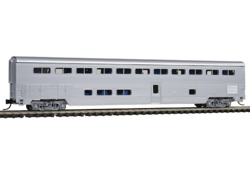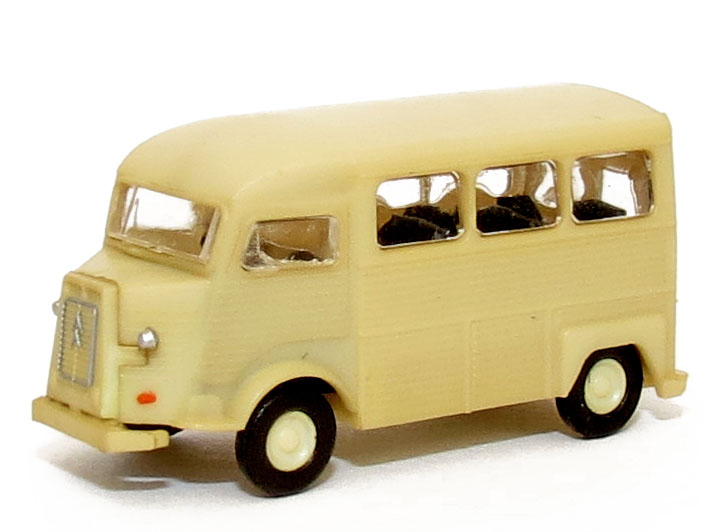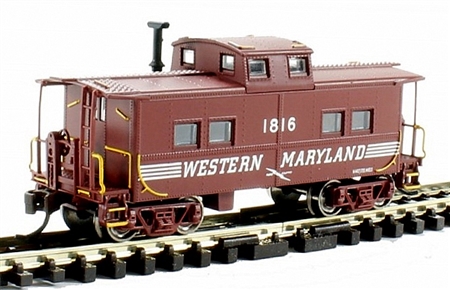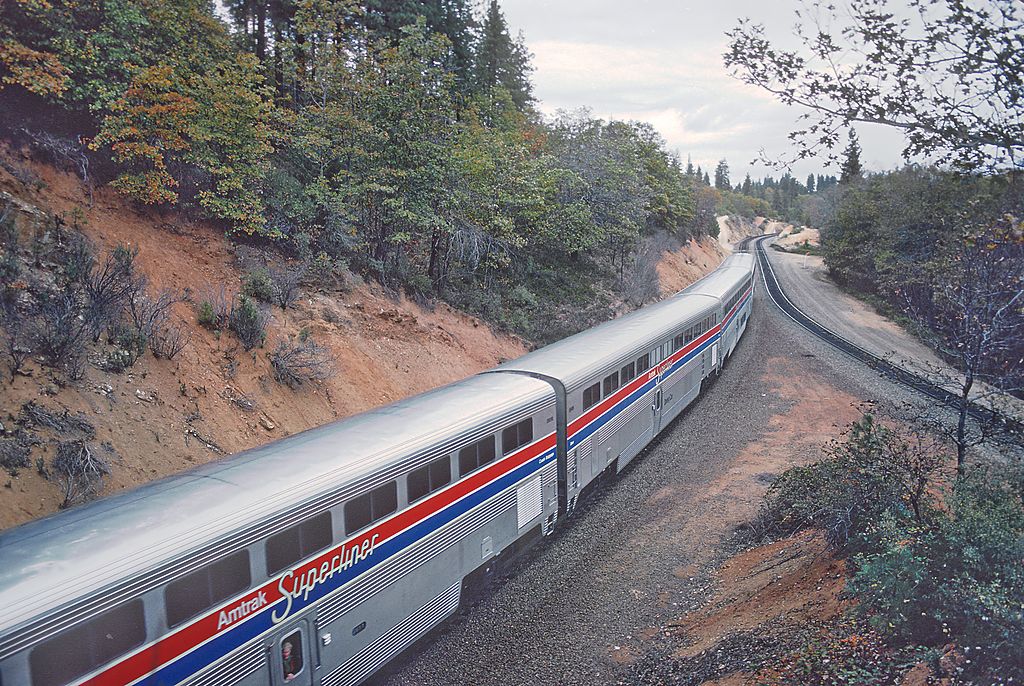Specific Item Information:
With Rigid Face Couplers 0001-004630 $23.98
With Micro-Trains® Couplers 0001-004650 $28.98
With Rigid Face Couplers 0001-004630 $23.98
With Micro-Trains® Couplers 0001-004650 $28.98
Prototype History: The Superliner is a type of bilevel intercity railroad passenger car used by Amtrak, the national rail passenger carrier in the United States. Amtrak ordered the cars to replace older single-level cars on its long-distance trains in the Western United States. The design was based on the Budd Hi-Level vehicles, employed by the Santa Fe Railway on its El Capitan trains. Pullman-Standard built 284 cars, known as Superliner I, in 1975–1981; Bombardier Transportation built 195, known as Superliner II, in 1991–1996. The Superliner I cars were the last passenger cars built by Pullman.
Car types include coaches, dining cars, lounges, and sleeping cars. Most passenger spaces are on the upper level, which feature a row of windows on both sides. The Sightseer Lounge observation cars have distinctive floor-to-ceiling windows on the upper level. Boarding is on the lower level; passengers climb up a center stairwell to access the upper level.
The first Superliner I cars entered service in February 1979, with deliveries continuing through 1981. Amtrak assigned the cars to both long-distance and short-distance trains in the Western United States. The first permanent assignment, in October 1979, was to the Chicago–Seattle Empire Builder. Superliner II deliveries began in 1993; the additional cars enabled the retirement of the aging Hi-Level cars and the assignment of Superliners to trains in the Eastern United States. Tunnel clearances prevent their use on the Northeast Corridor.
From Wikipedia
Car types include coaches, dining cars, lounges, and sleeping cars. Most passenger spaces are on the upper level, which feature a row of windows on both sides. The Sightseer Lounge observation cars have distinctive floor-to-ceiling windows on the upper level. Boarding is on the lower level; passengers climb up a center stairwell to access the upper level.
The first Superliner I cars entered service in February 1979, with deliveries continuing through 1981. Amtrak assigned the cars to both long-distance and short-distance trains in the Western United States. The first permanent assignment, in October 1979, was to the Chicago–Seattle Empire Builder. Superliner II deliveries began in 1993; the additional cars enabled the retirement of the aging Hi-Level cars and the assignment of Superliners to trains in the Eastern United States. Tunnel clearances prevent their use on the Northeast Corridor.
From Wikipedia
Road Name History:  Although they may be molded in color, unpainted and unlettered, undecorated products are marketed to modelers who seek to custom decorate their models for private roads and/or road and/or company names that were not commercially produced by any of the major manufacturers.
Although they may be molded in color, unpainted and unlettered, undecorated products are marketed to modelers who seek to custom decorate their models for private roads and/or road and/or company names that were not commercially produced by any of the major manufacturers.
Undecorated models are frequently also unassembled or only partially assembled and required modelers to be comfortable with glue, paint and sometimes solder in order to prepare their models for display. Materials for these models can vary but often include plastic, pewter and resin. Models may or may not come with decals or other decorations such as plastic signage, railings and ladders to enhance the appearance of the final product.

Undecorated models are frequently also unassembled or only partially assembled and required modelers to be comfortable with glue, paint and sometimes solder in order to prepare their models for display. Materials for these models can vary but often include plastic, pewter and resin. Models may or may not come with decals or other decorations such as plastic signage, railings and ladders to enhance the appearance of the final product.
Brand/Importer Information: Con-Cor has been in business since 1962. Many things have changed over time as originally they were a complete manufacturing operation in the USA and at one time had upwards of 45 employees. They not only designed the models,but they also built their own molds, did injection molding, painting, printing and packaging on their models.
Currently, most of their manufacturing has been moved overseas and now they import 90% of their products as totally finished goods, or in finished components. They only do some incidental manufacturing today within the USA.
Important Note: The Con-Cor product numbering can be very confusing. Please see here in the article how to properly enter Con-Cor stock numbers in the TroveStar database.
Currently, most of their manufacturing has been moved overseas and now they import 90% of their products as totally finished goods, or in finished components. They only do some incidental manufacturing today within the USA.
Important Note: The Con-Cor product numbering can be very confusing. Please see here in the article how to properly enter Con-Cor stock numbers in the TroveStar database.
Item created by: Powderman on 2021-03-07 15:12:33. Last edited by Powderman on 2021-03-07 15:52:13
If you see errors or missing data in this entry, please feel free to log in and edit it. Anyone with a Gmail account can log in instantly.
If you see errors or missing data in this entry, please feel free to log in and edit it. Anyone with a Gmail account can log in instantly.









